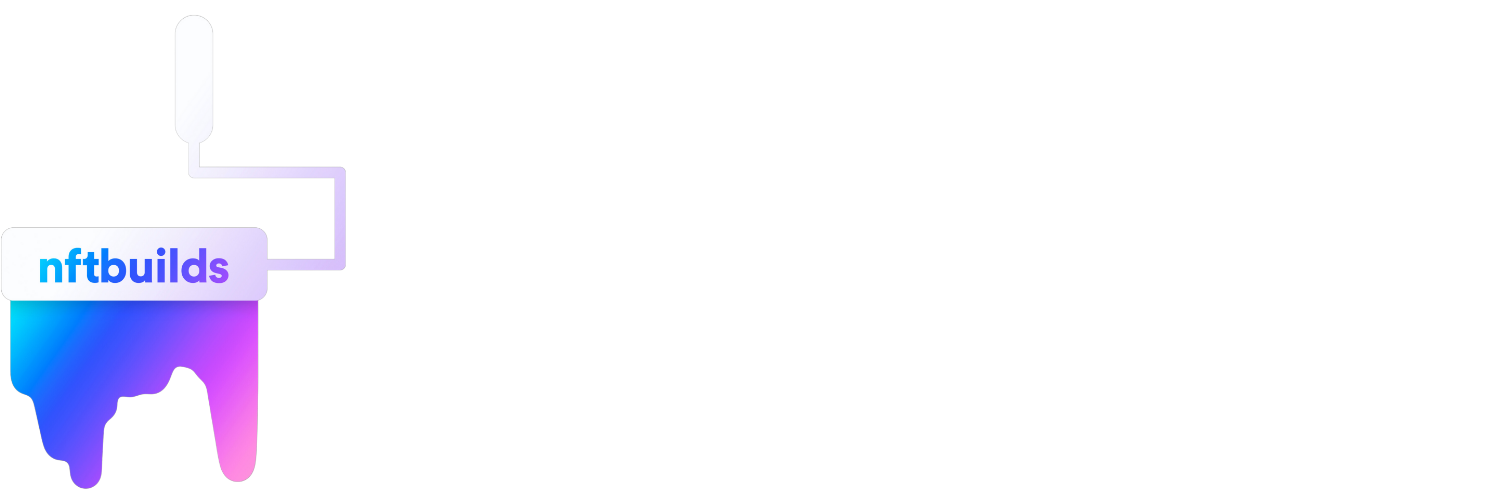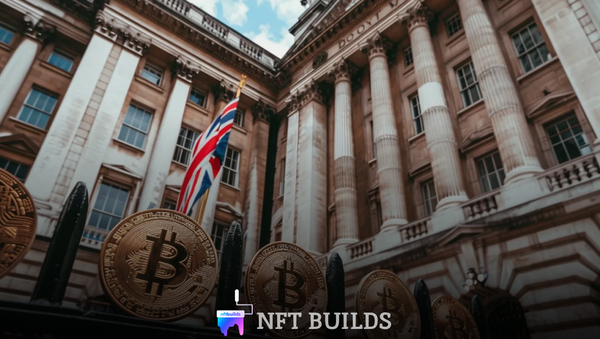Bitcoin Price Unlikely to Hit All-Time High Before Halving Event

The Bitcoin price may struggle to surpass $70,000 before the supply halving in April 2024, but there's optimism for its long-term trajectory.
Investors are increasingly bullish on Bitcoin, particularly following its impressive 91% surge to $52,000 within just four months ending on February 15. With Bitcoin's current valuation standing at $1 trillion, it ranks among the top 10 tradable assets globally, even surpassing Warren Buffet's Berkshire Hathaway, valued at $875 billion.
To reach $70,000 from its current $52,000 level, Bitcoin would need to gain an additional 34.5%, amounting to a $350 billion increase in its market capitalization. This would propel Bitcoin ahead of assets like silver and the UK pound, encompassing both bank deposits and currency bills. The critical question revolves around whether prevailing conditions justify Bitcoin's $1.35 trillion valuation.

Some argue that Bitcoin already overcame similar challenges in November 2021 when it hit its all-time high of $69,000. The likelihood of a repeat performance seems stronger now, especially with the approval of spot Bitcoin ETFs in the US and the resolution of certain risks like Binance's regulatory issues and FTX exchange bankruptcy proceedings.
Bitcoin's previous all-time high was fueled by low interest rates and surging inflation. Back then, traditional finance saw fixed-income yields below 0.50%, prompting investors to seek higher yields from riskier assets. US inflation, measured by the CPI, spiked to 6.8% year-over-year in November 2021, the highest since June 1982. These conditions favored scarce assets while stock market investors fretted over global supply chain disruptions and the economic impact of COVID-19.

However, the latest CPI data for January 2024 shows a 3.1% increase year-over-year, still above the US Federal Reserve guidance but relatively contained. It might be premature to assume that current inflation poses a risk comparable to the conditions during Bitcoin's previous all-time high.
The introduction of spot ETFs for Bitcoin marks a significant step towards the maturation of the asset class. Since their launch on January 11, these ETFs have attracted $4 billion in net inflows in the US, surpassing $35 billion in assets, equivalent to 3.5% of Bitcoin's market capitalization. This suggests that the asset class is maturing, though Bitcoin's price remains below its all-time high by 25% or even lower when adjusted for inflation or aggregate fiat money supply.
Bitcoin's adoption has indeed expanded, but the optimistic projections of reaching $100,000 or beyond have yet to materialize. Nonetheless, the achievement of a $3 trillion market capitalization by companies like Microsoft and Apple, which seemed improbable in November 2021, offers hope. As long as the dollar continues to depreciate, there remains potential for Bitcoin to surge above $70,000, though it's unlikely to happen before the April halving.




